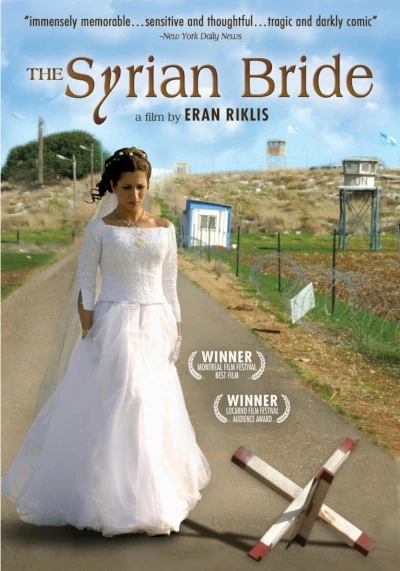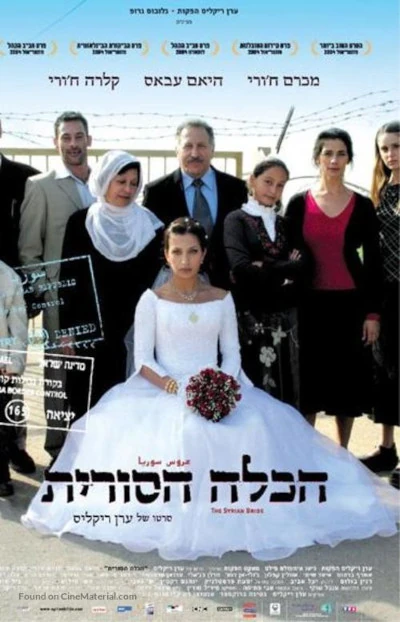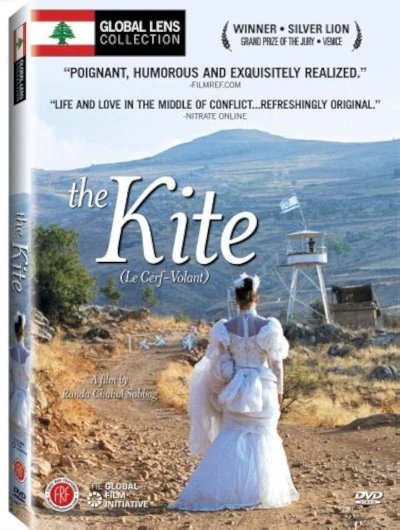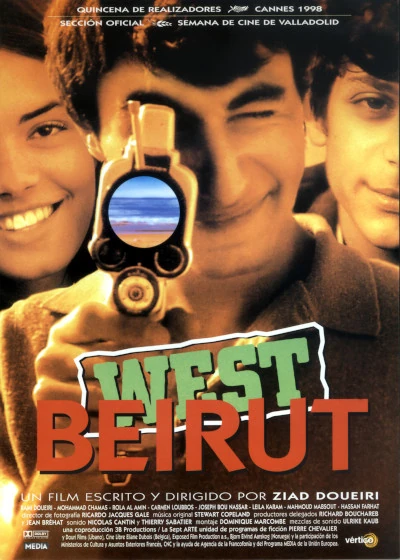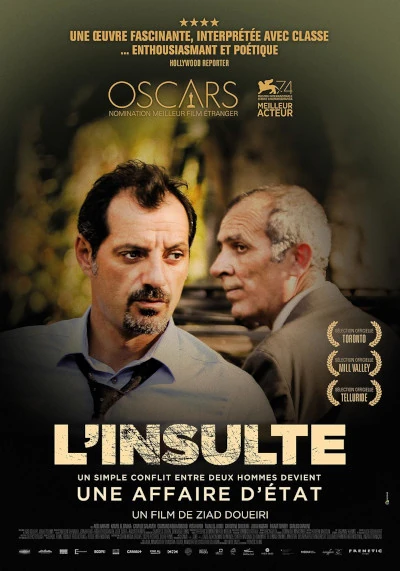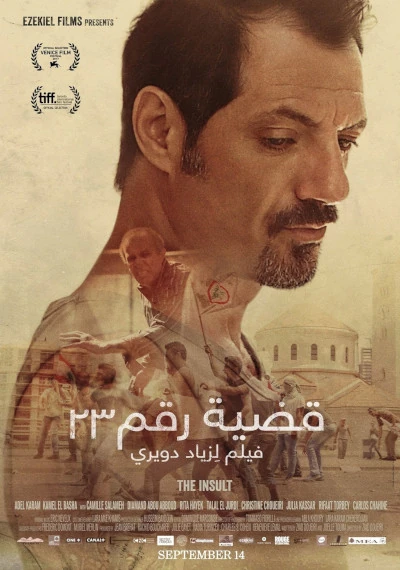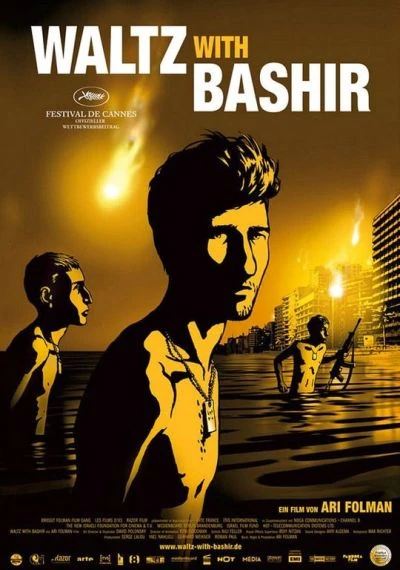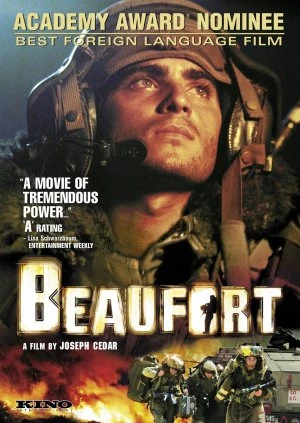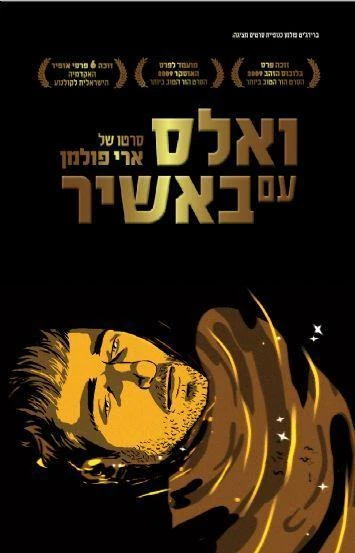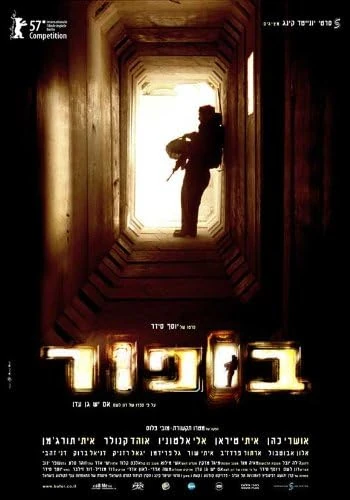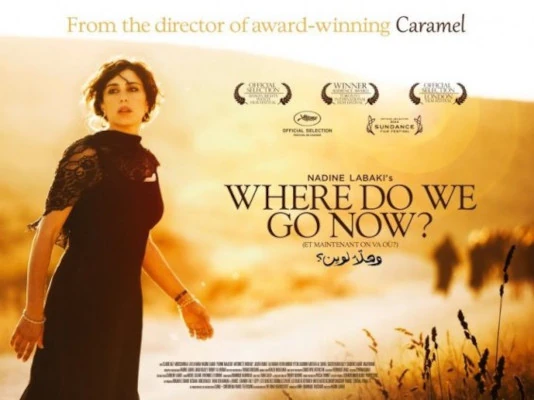Lebanon :
Civil War, Invasion and Aftermath
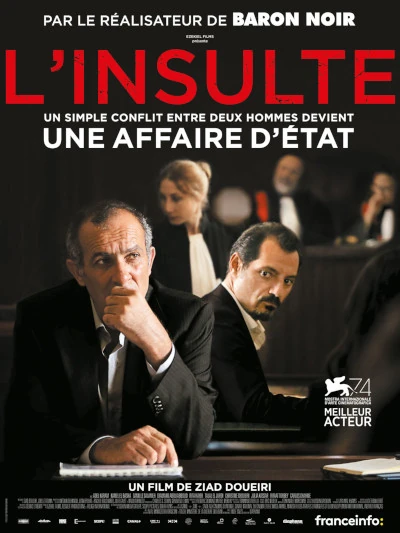
There has been a significant delay. Having very ambitiously set myself the goal of writing two posts a week, I’ve fallen a long way short of that in the last two or three, by publishing precisely zero posts. Once I said that I would write a post about films which talk about the Lebanese Civil War, and the aftermath of it, I realised that there were quite a few films to get through. Furthermore, following the strict rule that I set myself about watching alternate Arab and Israeli/Jewish films, the Lebanese films just happened to overlap with a series of films about the Holocaust/Sho’ah. So it was a HEAVY couple of weeks, and as you might imagine I’m still in need of another couple of weeks to digest all of that.
Hence the delay, and this holding page!
I wrote quite a lot about the background to the Lebanese Civil War in my previous post about Costa Brava, Lebanon, so I’m not going to regurgitate too much of that here. Please refer back to that post, or preferably to any good history of that period, if interested. Here I’m just going to list a few of the Lebanese films that I’ve watched in the last weeks, and to let interested readers know what’s coming up:
- West Beirut (Beirut Al Gharbiyya - بيروت الغربية) (1998)
- The Kite (Le Cerf-volant; ṭiyyāra min waraq - طيّارة من ورق) (2003)
- Felafel (فلافل) (2006)
- Caramel (Sukkar banat - سكر بنات) (2007)
- Where Do We Go Now? (w halla' la wayn - وهلأ لوين) (2011)
- The Insult (قضية رقم ٢٣ - Qadiyya raqm 23 - Case No. 23) (2017)
- Memory Box (2021)
- Costa Brava, Lebanon (Kusta Brafa, Lubnan - كستا برافا، لبنان) (2021)
I’ve already discussed one of them, as mentioned, and given it the highest praise. One of the films on the list - The Kite - doesn’t especially fit in with any of the others, and very obviously belongs thematically with The Syrian Bride, a film made in the Israeli-occupied Golan. The Kite is also (honestly) not a very good film in my opinion, but I’m resolved to take the bad with the good, and indeed to analyse what makes the bad bad, so I’ll write a post later in which I’ll discuss those two films in tandem, along with whatever else may potentially complement them.
Three of the films on this list - *West Beirut, The Insult, *and Memory Box - are very high quality pieces of work, which lend themselves to a slightly more expanded discussion of the Lebanese Civil War. Other than having read Robert Fisk’s history of the Civil War, and the fact that I remember it in the news all through my childhood and transition to adulthood, I am honestly quite ill equipped for the discussion, but I’m going to attempt it in any case with the help of these movies. I only discovered after watching the later one that two of these films - West Beirut and The Insult - were actually directed (a long time apart) by the same guy, Ziad Doueiri. Maximum kudos to him for two amazing pieces of work.
Following the very strict rule of balancing as evenly as possible between the Arab and Israeli perspectives, those three films will be complemented by three Israeli films which present three stages of Israel’s invasion of and eventual long-protracted withdrawal from Lebanon - Lebanon, Waltz With Bashir and Beaufort.
Those will be my next two posts. That’s clearly planned out now.
And then I’ll have a few left over. Not quite sure what to do with them. Three out of four are either directed by or at least include a starring role for Nadine Labaki, who we’ve already seen in Costa Brava, Lebanon. Maybe I’ll put those three - Caramel, Where do We Go Now? and Capernaum - together, but frankly there is no obvious thematic unity to the three, and it would only be Labaki holding them together. Not enough, I think. That would also leave me wondering what to do with the last of the four, Felafel, which is one of the most puzzling films that I’ve watched in the course of this project. I wasn’t 100% sure at the end if I thought it was a good film, but sufficiently puzzled nonetheless to think that maybe I need to watch it again in order to decide about that. So maybe it’s not bad at all!
I’m not going to decide in great haste about that. I will say, though, that Capernaum is for me head and shoulders above the other three, and may well merit a post for itself. It is the eeriest of things to watch Capernaum together with any South American film about poverty and street kids. Take the (British-produced!!) Brazilian film Trash as an example. Watch that and Capernaum without sound, and you could easily confuse the locations. The clothes, the faces, the desperation…..
Felafel and *Caramel *perhaps belong together. Made at approximately the same time, they both show Beirut attempting, unsurefootedly, to regain its previously unrivalled status as the Middle East’s capital of leisure and hedonism fifteen years after the Civil War ended. In Felafel especially, however, it’s very clear that you barely need to breathe on, let alone scratch the surface to open the wounds of the Civil War.
One argument that I might have with myself would place Where do We Go Now in the historical post with *West Beirut, The Insult, *and Memory Box, but there’s the rule of balance to respect, and anyway more than three will be too many. I’d have to add that I don’t think that the film comes up to the same high standard as the three that I’m going to talk about next time, but it probably will find itself mentioned again at some point.
Well, that really was apropos not very much, sorry. Just an indication of work in progress more than anything else, for those who are already following along with the blog. Those next two promised pieces should be coming out within the next couple of weeks. Hold me to it, please!



